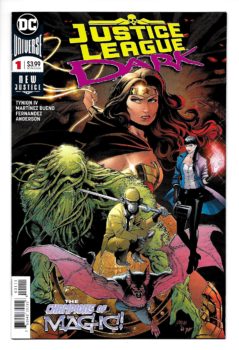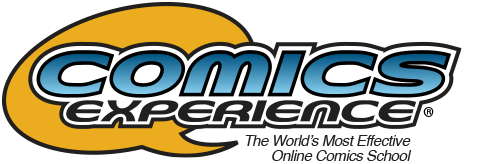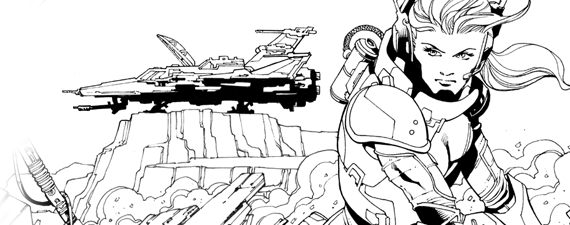
Last week, we announced that the Master Seminar on writing ensemble and team comics with Justice League and Detective Comics writer James Tynion IV was now accepting enrollees. Now, read our brief interview with him about some of the points covered in the class.
Comics Experience: What are some challenges to writing team/ensemble books that writers might not know about? What are some of the ways you overcame those challenges?
James Tynion IV: I think a lot of times, particularly when you’re on a work-for-hire book that’s part of a shared universe, there’s an impulse to just throw in all your favorite characters and see what happens. The trouble is, in a lot of cases, your favorites have a lot of traits in common (those being the traits that MAKE them your favorites), and you can end up with a team where figures have duplicative personalities and functions. You can overcome that if you lean in, for instance if you take two characters that SHOULD be similar and put them on ideological divide that sends them down different paths…
But if you don’t make an active choice it can make it difficult to write, because multiple characters are capable of performing the same actions and are likely to have the same response to that action. The key to working around that is just putting thought into the line-up from the beginning. Make sure you have the team you want and need, where everyone’s abilities and personalities are distinct.
CE: What makes writing a team book fun? Why should comic book writers tackle ensemble casts?
JTIV: Honestly, the biggest and best reason to write team or ensemble books is pacing. It’s easier to keep dramatic tension up when you’re intercutting between multiple plot threads. It also allows you to skip some of the more boring connective tissue like people en route to places. You can just cut away, and when you cut back, they’re already there! Like magic! Also: In more general terms, I think that characters reveal more of who they are through how they interact with people around them than they do in their own minds. We all know that the internal monologue can be misleading. Actions and relationships define people, and a superhero team book, is by nature, all action and relationships.
CE: What is the “Sad Monster?”
JTIV: I mean, the best example in all of comics is The ever-lovin’ Thing from the Fantastic Four. But honestly, I think every team book or ensemble needs a good sad monster. Sad monsters want to embody everything the team stands for, but there is something innate in them that holds that back. Normally, they think it’s the fact that they’re these hideous monsters, but usually it’s something much deeper. Sad monsters help define the thesis of a series by showing their struggle to fight for that core ideal. Even in the most mundane ensemble book, in a world without literal monsters, you want a sad monster character to help you and the readers define the conflict that defines the book.
Slots in our master seminars fill up fast! If you’re wanting to learn James’ lessons on balancing ensemble casts, sign up here.

